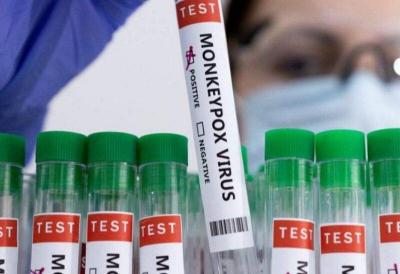The Director-General of the World Health Organization, Tedros Adhanom Ghebreyesus, stated that the monkeypox outbreak poses a significant health threat but does not currently constitute a global health emergency. After a meeting with experts to assess the situation, Tedros said in a statement, "At this time, the monkeypox outbreak does not constitute a public health emergency of international concern," referring to the highest level of alert that the public health organization can declare.
Monkeypox is a rare disease that can be transmitted from animals to humans and vice versa. Symptoms include fever, muscle aches, swollen lymph nodes, chills, fatigue, and a rash resembling smallpox on the hands and face. The disease is generally endemic to West and Central Africa, but cases have been reported in Europe since May, with the number of countries detecting it increasing since then. The WHO has been informed of over 3,200 cases of monkeypox in more than 50 countries and one death this year.
Tedros, after reviewing the expert report, mentioned that "the Emergency Committee expressed serious concerns regarding the scale and speed of the current outbreak," highlighting many unknown aspects regarding the outbreak and data gaps. He noted a variation in expert opinions.
Tedros stated that the report concluded, "the current situation does not constitute a public health emergency of international concern," but emphasized that "the committee meeting itself reflects increasing fears about the global monkeypox outbreak." On June 14, Tedros announced the decision to hold a meeting of the emergency committee to evaluate whether the outbreak constitutes a public health emergency of international concern.
While the recent outbreak may be secretly linked to gatherings of homosexuals in Europe, monkeypox is not believed to be a sexually transmitted disease. It can be transmitted through contact with the skin lesions or saliva of an infected person, as well as through close contact and shared use of bedding or towels. An infected person remains contagious until all lesions have crusted over and new skin has formed.




